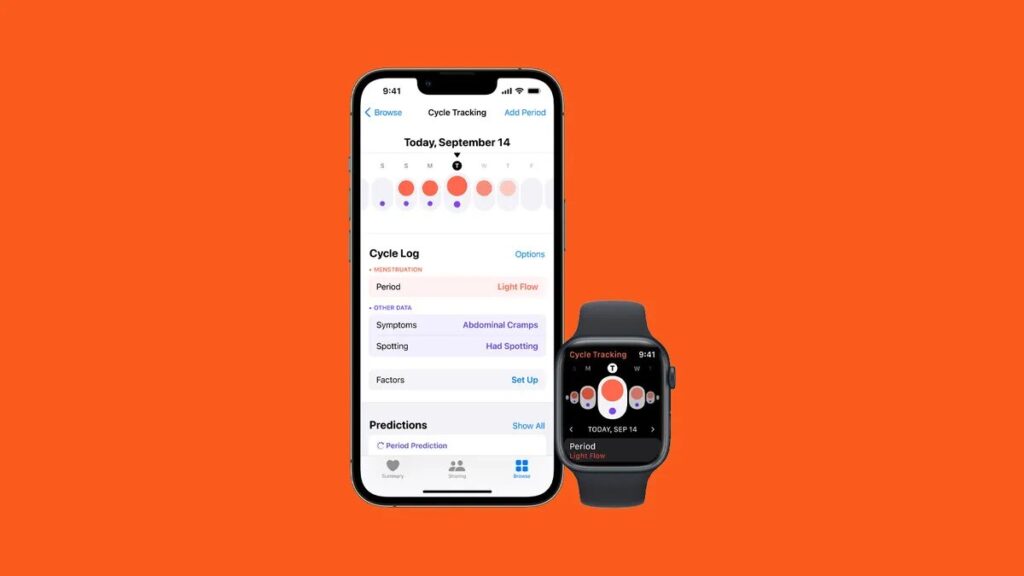On Monday, Apple unveiled new health features for iOS 17, iPadOS 17, and watchOS 10, increasing the scope of the Health app to include eyesight and mental health.
While the new vision health features encourage good behaviors to reduce the risk of myopia, the new mental health features provide users the ability to track their feelings and moods. The most recent Apple software announcement won’t transform the healthcare industry.

As a result of their active approach to self-care and monitoring, consumers who don’t need significant healthcare services are instead encouraged to make little improvements.
Also Read: What’s so ‘pro’ about the Apple Vision Pro headset?
The Apple Health app in iOS 17 and iPadOS 17 and the Mindfulness app in watchOS 10 provides users with an appealing and user-friendly platform to consider their mental condition. Users can browse among multidimensional shapes to communicate their emotions, which can range from happy to terrible.
Two essential behaviors for kids are advised by eye care professionals to help lower the likelihood of myopia. These actions include spending more time in the sunlight and viewing objects like devices and books from a greater distance.
Apple Watch’s ambient light sensor can now track how much time users spend outdoors thanks to watchOS 10. On iOS 17 and iPadOS 17, users can check the amount of sun exposure time that their Apple Watch has detected.
Children can connect their Apple Watch to their parents’ iPhones using Family Setup, allowing parents to track their children’s exposure to sunshine through Health Sharing.
The TrueDepth camera is used by the new Screen Distance feature on the iPhone and iPad to prompt users to move their gadgets farther away after holding them up close for an extended period of time (closer than 12 inches). Myopia can be brought on by reading or using a device too closely, according to studies.
Younger users can benefit from screen distance by developing good viewing habits that reduce their risk of myopia, while older users can lessen digital eyestrain.
The demographic who needs healthcare the most frequently does not use the services that Apple Health provides for proactive health management. According to a survey by the Kaiser Family Foundation, around half of American adults had trouble paying for health care.
Also Read: Snap hires new head of engineering from Google
About 40% of American adults delayed or skipped getting medical care in the past year due to financial concerns. Adults without insurance, Black and Hispanic adults, and those with lower incomes are disproportionately affected by the high cost of healthcare. A larger percentage of American adults avoided or put off getting medical care in each of these groups because of the cost.
The target group who requires gadgets to manage their health proactively cannot afford Apple gear, despite it having technological advancements that might considerably help people manage their health.

I am a law graduate from NLU Lucknow. I have a flair for creative writing and hence in my free time work as a freelance content writer.